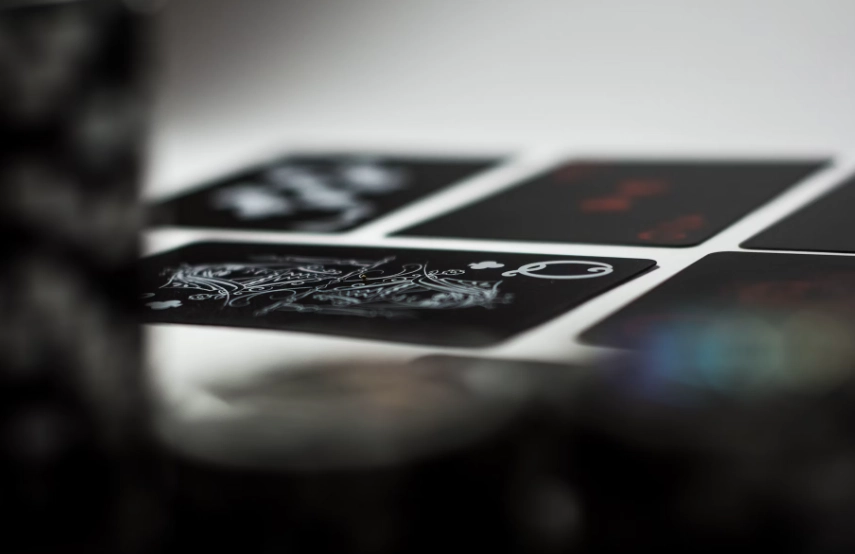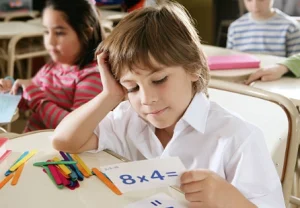
The Power of Number Flashcards in Learning
Learning with number flashcards is proven to dramatically improve students’ education. Flashcard-based study aids are a useful, efficient way to aid with memorization and retention learning, making them an essential resource for both students and teachers. Utilizing this knowledge about human cognition and memory, number flash cards aid in repetition, visualization of information, and testing to allow an individual to become more effective with processing numbers.
Enhancing Cognitive Abilities Through Repetition
It can be concluded that repetition is a basis for learning- these methods strengthen cognition. For example, the number flashcards are based on this principle that lets the learners learn numbers through repetition. By being exposed to this information over and over, you process it with better understanding, leading your brain to be able to store this info in a more permanent way (long-term). When learners practice their number flashcards consistently, they gain a better understanding of numbers which will help them solve problems faster or become more proficient in math.
Visual Learning and Its Impact on Memory Retention
The human brain processes visual information quicker than text alone, making visual learning essential to memory retention. Number flashcards use this as a way to visually present numerical data. Because flashcards utilize images, diagrams, and color-coded elements they serve as an aid for the brain to acquire first-in-first-out access of information that is being remembered in this format. That visual prompt not only helps with memorizing them, but also to recognize how numbers relate to each other and patterns related to them.
The Role of Active Recall in Strengthening Memory
Active recall is one of the most effective memory techniques — it consists of extracting information from your memory instead of re-reading or passively visualizing it. Number flashcards aim for active recall requiring the student to produce the fact from memory rather than have it directly presented. This action reinforces the neural pathways associated with that information, and will also enable learners to find and retrieve this information when needed. Using number flashcards for active recall in your study sessions helps with memory retention over a period, the learning is stronger.
Suba‘s number flashcards are specifically designed for children’s learning. Each flashcard features a vibrant number and corresponding objects to help kids understand and remember numbers easily. These flashcards are interactive and engaging, making learning numbers a fun and enjoyable experience for children. With Suba’s number flashcards, children can develop their numeracy skills in an interactive and engaging way.
Effective Number Flashcards
Key Elements of a Well-Structured Flashcard
Simplicity and Clarity in Design
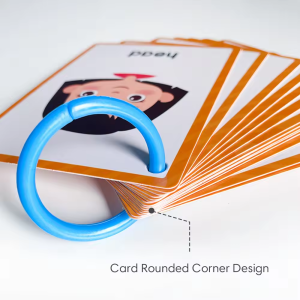
Number flashcards should be simple and clear. Every card should cover one and only one concept or fact, so kids don’t overload the brain. Effective typography and simplicity of layouts so that learners can focus on the content without distractions. This allows learners to focus on the basics and understand each concept before diving into more advanced concepts.
Incorporating Visual Aids for Better Understanding
Number flashcards will reveal a visual aspect that enhances understanding. Context Driven One thing can be added here is diagrams, charts, or illustrations to help abstract numerical concepts make sense. This mnemonic association is beneficial with regard to remembering numbers as a result of these design elements are linked to real-world applications/descriptions and this has proven effective in improving retention rates. These visuals may also facilitate a high retention rate as they use numbers associated with practical real-life applications or scenarios to aid memory;
Techniques for Customizing Flashcards to Individual Needs
Tailoring Content for Different Learning Styles
Customizing number flashcards is vital, as the ways of learning are different for everyone. For example, for auditory learners, the cards can incorporate audio triggers or verbal explanations that parallel visual content. Learners could interact with interactive elements such as touch-sensitive surfaces or parts that can be adjusted within the flashcard sets they are using.
Utilizing Color Coding and Imagery for Enhanced Engagement
One amazing trick to gain people involved in your number flashcards and assist in remembering them at the same time is colour coding. This is very helpful in helping the mind organize a collection of related concepts and associating certain themes with specific colors, which occurs subconsciously when reading through notes to make recall during assessments or real-life applications easier later on! Availability of colours by categories or themes creates order for information in the mind as well assists the brain to form a mental paradigm of related ideas subconsciously during study sessions creating a bridge for easy access later on when we need them during assessments or real-life application tasks.
Strategies for Maximizing the Benefits of Number Flashcards
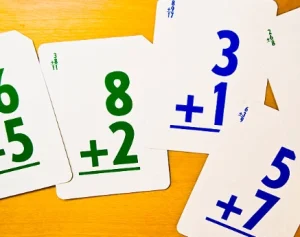
Implementing Spaced Repetition for Long-Term Retention
Spaced repetition is a learning technique that focuses on retrieving studied information spaced increasingly far apart in time. This combats the forgetting curve and aids retention. With spaced repetition, when you’re revisiting number flashcards every once in a while, the numerical concepts are reinforced within long-term memory. Spaced repetition algorithms are something that can be individually leveraged by learners using apps or digital platforms that help them plan their reviews in a way that it is efficient for them and keep a track of the same over time.
Integrating Flashcards into Daily Study Routines
Using flashcards for number recognition as part of normal studies can show impacts immediately. The key here is to make it a daily habit; finding time every day for flashcard practice helps you remember numbers. The idea is that the repetition of engaging with number flashcards makes it an ongoing process of learning, and when things never stop being learned or memorized, they are not as easy to forget. What is more, Learners can incorporate flashcards pretty much anywhere in their daily lives — like looking through them while on the way to work or using them for a quick recap before taking exams.
Exploring Suba’s Innovative Learning Tools
Suba’s Commitment to Education and Cognitive Development
Suba is all about replicable adventure-based learning products that advance education and cognition powered by Suba. You can learn more about their commitment to the tools they create for differing learning styles and needs. Suba prioritizes research-led approaches to make sure that their products enable students to grow and become better learners. With an emphasis on research-based strategies, Suba makes certain that their products augment real-world learning and comprehension.
Beyond Flashcards: Discovering Suba’s Jigsaw Puzzles and More
Suba has other educational tools apart from number flashcards, such as jigsaw puzzles that enhance cognitive skills differently. They also inspire problem-solving skills, spatial awareness, and critical thinking in kids — all vital parts of holistic brain development. In this way, the additional tools facilitate learners with wider avenues of new challenges in addition to the exercise of number flashcards, which is how an all-rounded education outlook can be established.


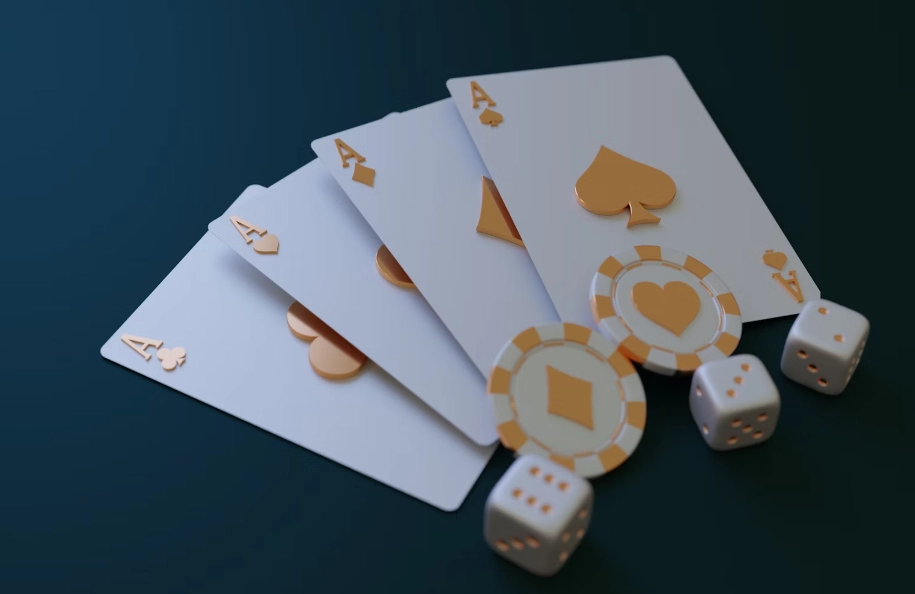
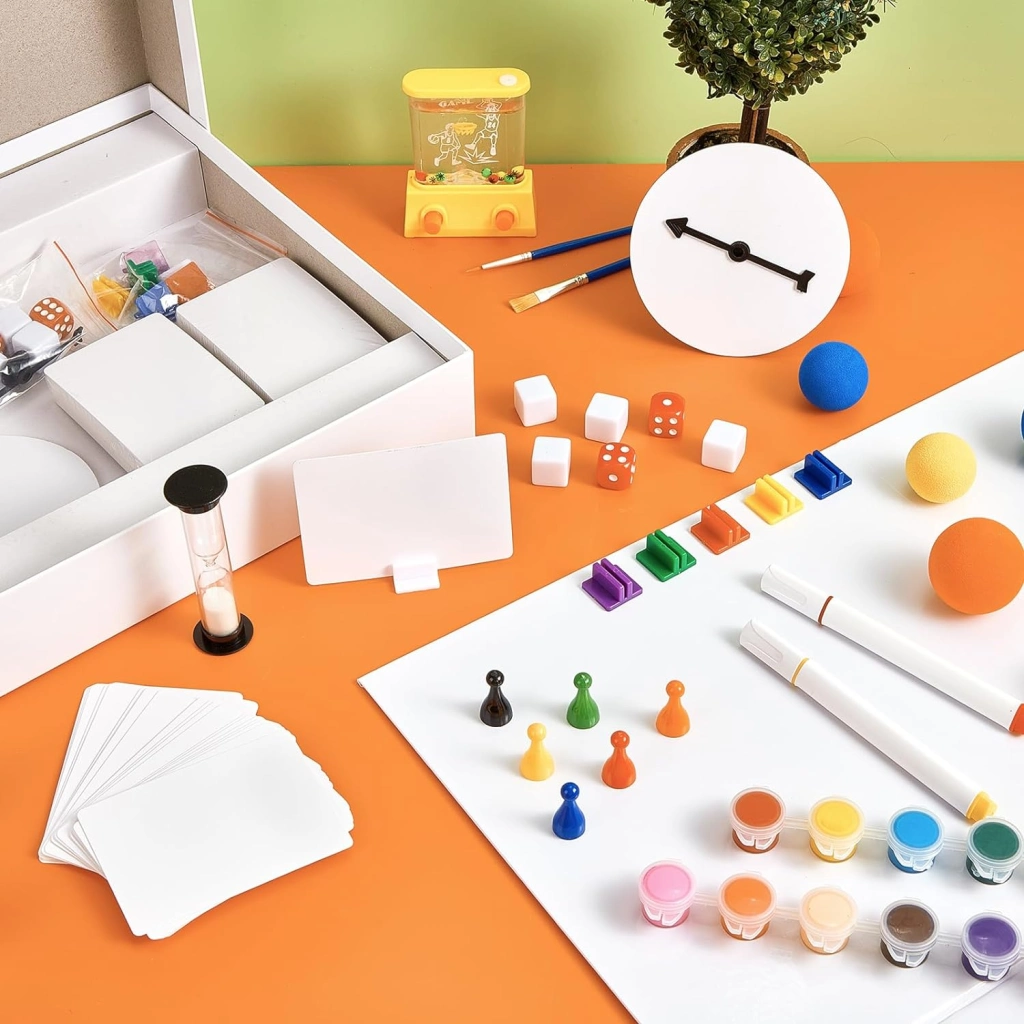
.webp)
